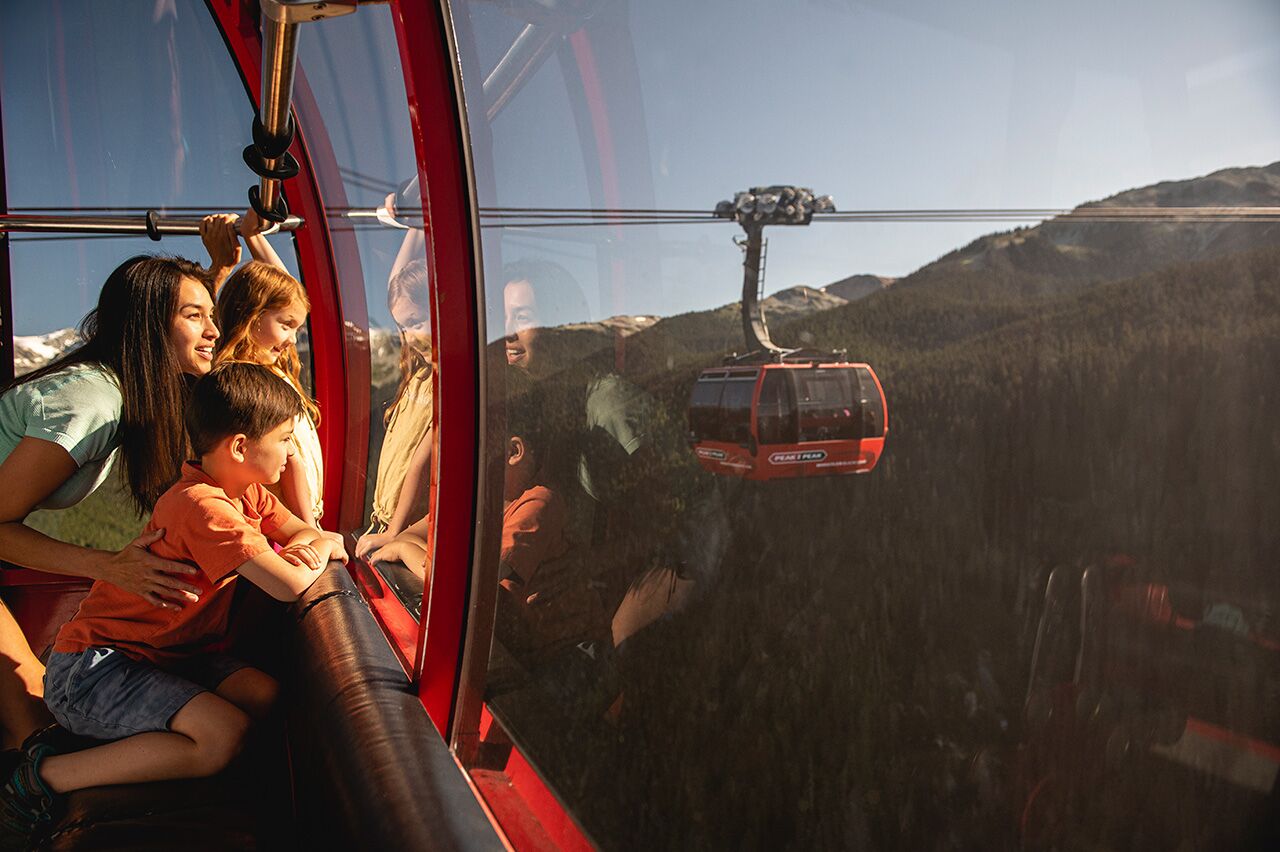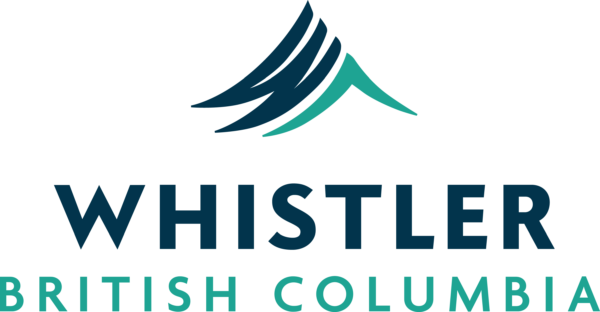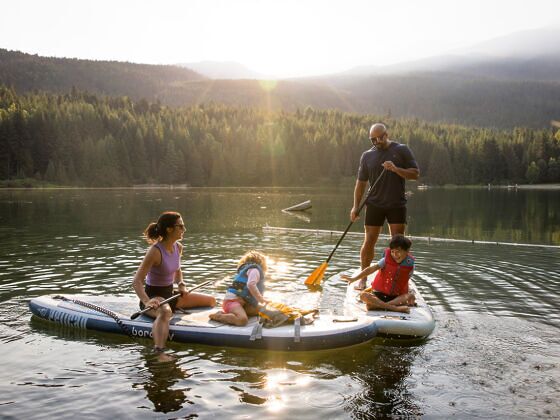Nobody knows better than British Columbia residents why Whistler is a legend among mountain towns. Those who live in the province also have the privilege of only having to travel a short distance to get there. But even if you live close enough to visit Whistler in a day or a weekend, there’s no reason to rush — the best memories are made when you take the time to savour your experiences, and slowing down always helps you travel more intentionally.
Visit midweek to see a mellower side of Whistler while helping to keep it pristine. (Bonus points if you shuttle in to cut back on emissions.) The same principle applies to crafting your ideal itinerary — make getting around part of the adventure by walking and cycling wherever you can, show less-crowded trails a little love, and spend time in town supporting Whistler’s own. Here’s how to do it all, starting with the obvious: Whistler’s world-class outdoors.
Relax or get active in a new park every day.

Photo: Tourism Whistler/Justa Jeskova
Whistler is home to some of the world’s most stunning scenery, much of which is on display in public parks and easily accessible provincial parks, such as Garibaldi Park. Many of these open spaces are probably what you picture when you think of a public park, with grassy lawns, picnic tables, sports courts, or family-friendly play areas. Others up the ante for active types — chief among them Whistler Bike Park, which is turning 25 this summer.
Open all summer long, Whistler Bike Park is one of the foremost downhill mountain biking parks in the world, with 70 trails suited to first-timers, advanced riders, and everyone in between. July is a particularly exciting month for the park — join thousands of the best riders and most enthusiastic MTB fans in the world this July 19-28 at the annual Crankworx festival to experience exhilarating racing, slopestyle competitions, and more.
Hit the trails on foot or on wheels.

Photo: Tourism Whistler/Justa Jeskova
Hiking trails in Whistler range from “ah, that was pleasant” to “woah, you did what?!” Neighboring mountains Whistler and Blackcomb are epic alpine headquarters for both. As you ascend into the Coast Mountains, remember to pause, look around, and reflect on what it means to be a guest (and steward) of some of the world’s greatest outdoors.
At lower elevation, the Valley Trail quite literally paves the way between the town of Whistler and its scenic surroundings. No cars are allowed on the 46-plus-kilometre trail network, creating avenues for walkers, joggers, cyclists, and skaters to join Whistler in moving toward a more car-free future. Follow a piece of the trail from Whistler Village — perhaps to check out either Rainbow or Meadow Park — or connect to longer trail systems such as the Sea to Sky Trail that crosses British Columbia from Squamish to D’Arcy.
The Sea to Sky Trail takes you to the start of several fantastic hiking and biking trails. Try the Lost Lake area for cross-country biking or Brandywine Falls, Cheakamus Lake Trail, or Whistler Train Wreck for hiking. Whistler is also the perfect base camp for more advanced hikes, with some unbelievable day and overnight hikes along the Sea to Sky Corridor, including Squamish Chief, Black Tusk, Wedgemount Lake, and Whistler Blackcomb’s alpine trails.
Be sure to research your route and review backcountry etiquette tips before you hike. Some trails, like those in Joffre Lakes Park, require permits. You’ll also want to make sure you bring the right gear — including food, a reusable water bottle, and sunscreen — and know how long the route will take to ensure a safe, fun, and sustainable day.
Embrace summer with sunny lake days.

Photo: Tourism Whistler/Justa Jeskova
Few things are better on a summer day than a lakeside picnic. Getting out on the water in a canoe, kayak, or paddleboard with the mountains as your backdrop is one of those things. See for yourself when you walk or bike to one of the many lakes that run along the Valley Trail.
Five lakes conveniently fringe the route: Alpha, Nita, Alta, Lost, and Green. Alpha, Alta, and Lost Lake are full of amenities, ranging from sports courts and disc golf to summer-only food trucks. Alta Lake is also surrounded by several parks, including Rainbow, Blueberry, and Lakeside Park, where you can rent canoes, kayaks, and paddleboards. (Pro tip: save up to 15% on activities when you pre-book by June 30.) At Nita Lake, anglers will find plentiful rainbow trout to reel in, while Green Lake is the place to be for cliff-jumping into glacier-fed waters.
If you’re not keen on walking or cycling the Valley Trail on your lake day, all five lakes are also accessible by public transportation, yet another reason it’s easy to ditch the car while you’re in Whistler.
Get acquainted with Whistler Village.

Photo: Tourism Whistler/Justa Jeskova
After a day of adventure, dedicate some time to dining, shopping, and sightseeing in Whistler Village — all the while connecting with the people who keep it going. You might even catch a special seasonal event, such as the Whistler Farmers’ Market (held Sundays between mid-May and mid-October) or the Whistler Summer Concert Series, which stages free outdoor music performances across a huge variety of genres throughout July and August.
One of the biggest things that’ll keep you coming back to Whistler Village is its restaurants, which range from laid-back patios to fine dining. For casual eats, spend al fresco afternoons at The Beacon, Garibaldi Lift Company Bar & Grill, or Dubh Linn Gate (go for the patio, stay for the live music). Or maybe you’d rather grab a charcuterie board from Picnic Whistler to bring to the park (just remember to pack out your trash, of course). For cocktails, head to Raven Room or FireRock Lounge, then get a little fancy with a seasonal and local-focused dining experience at Barefoot Bistro.
Between bites, tour shops, museums, and cultural centers to see how much the small but mighty Whistler Village has to offer. Two highlights are the Audain Art Museum, which teaches you about British Columbia’s history, and the Squamish Lil’wat Cultural Centre. To see both at a discount, buy the Whistler Cultural Pass for $30 per person.
Extend your stay to experience more.

Photo: Tourism Whistler/Guy Fattal
Summer recreation in Whistler runs the gamut from casual outdoor activities (think choosing between four different golf courses while the surrounding mountains survey your swing) to adrenaline-fueled excursions (perhaps ziplining through centuries-old trees or plunging 160 feet over the rippling Cheakamus River on a bungee cord).
To do it all — and do it responsibly — takes time. Luckily for summer travellers, Whistler has some fantastic deals on lodging and activities if you book before June 30. In addition to discounted accommodations, if you reserve a stay of three nights or longer, you’ll get an activity voucher for $100. Stay five nights and that voucher increases to $200.
This summer, take advantage of your backyard and give slow travel a try in Whistler for a week or two. For even more itinerary inspiration, check out this handy summer guide and start planning your Whistler trip.

